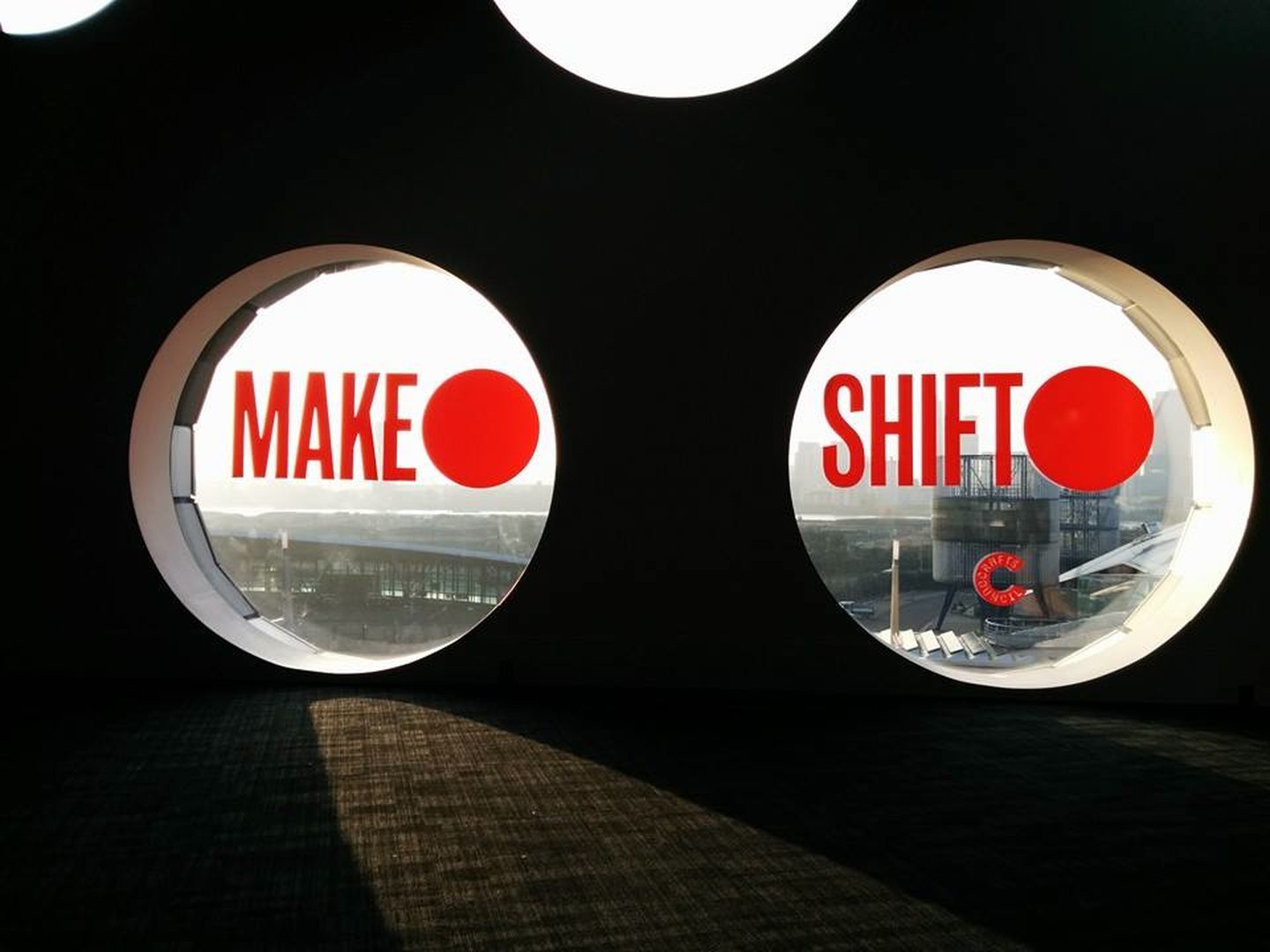
We’re still processing all of the information from the Crafts Council’s fantastic Make:Shift event, which took place on 20 and 21 November. The two-day event explored how advances in materials, processes and technologies drive developments in craft, and how makers contribute to innovation in science, engineering, technology, manufacturing and medicine.
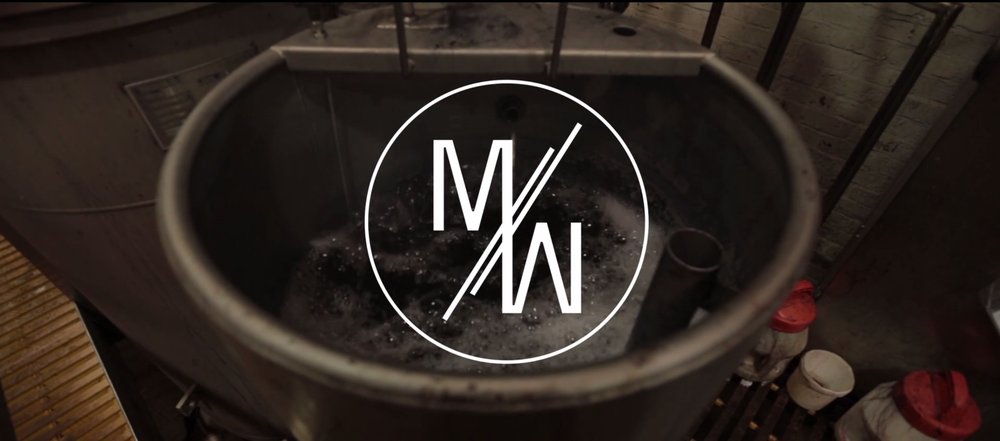
Day one focused on materials and making, starting with an introduction by Crafts Council Director Rosy Greenless, who set the tone and creative juices flowing.
First up in terms of visual presentations was keynote speaker Martina Margetts from The Royal College Academy. Margetts’ kicked things off with tantalising questions of the anticipated future of craft, framed and informed by a re-assessment of the past. Everyone from Leonardo to Alan Turing, Imogen Heap to the recent Rosetta Project were cited, and questions were posed on the topics of authenticity, the current creative education system (waving or drowning?) and the interconnectedness of mass globalisation.
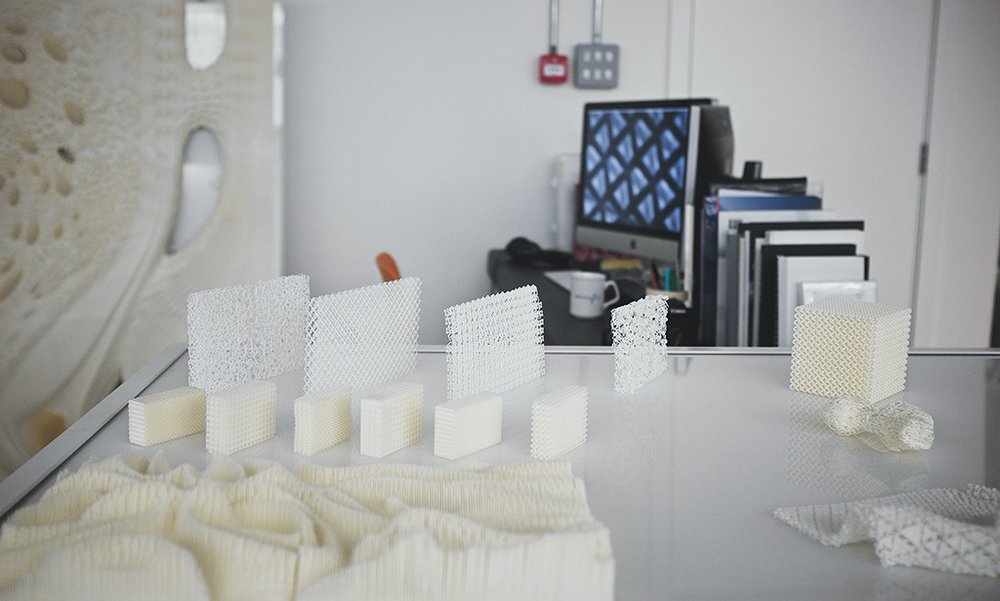
The second keynote speaker, Professor Raymond Oliver from the University of Northumbria, presented the research his team undertake for their Design: STEM integration platform which leans towards Science, Technology, Engineering and Mathematics, and with it responsive surfaces that aim to bridge the gap between science and human behaviour.
The first panel session, hosted by Dr Zoe Laughlin from The Institute of Making was then focused on Materials. Material scientist Dr Sarat Babu, the founder of Betatype spoke of his empathy for materials and processes. His studio is intent on using contemporary numerically-controlled and additive manufacturing processes to design in three-dimension and to create new material structures such as its Super Elastic Foam.
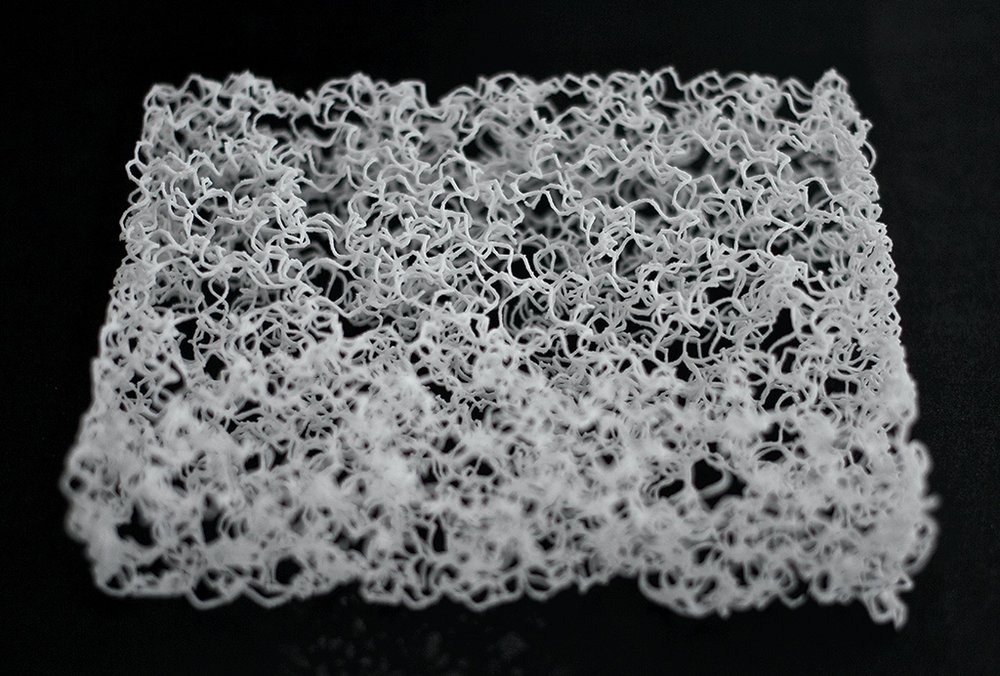
Mark Burrows of Heatherwick studio shared some interesting insight into how the team approach design and making, and talked of the processes in assembling materials to help answer design briefs. He discussed the importance of research in opening up context whilst exploring, testing and playing with materials and processes in the workshop to develop final solutions.
Founder of The Department of Seaweed, Professor Julia Lohmann showed some of her fascinating research into bio material assemblage. This includes Cowbench, a sofa in the 3D form of a cow that is made from leather hide. And beautiful lamps made from sheep stomachs, alongside her experiments with seaweed as a surface material. What’s particularly captivating about all of Lohmann ‘s design outcomes is that they have inherent narrative to remind us of what the material once was.
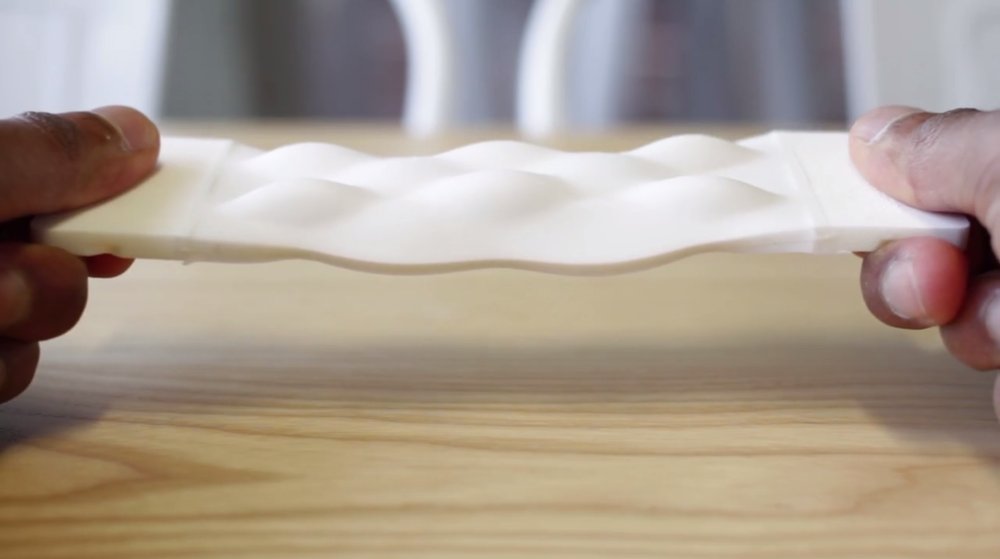
The second panel discussion took on making, and opened an interesting debate about the state of craft from three quite disparate speakers. The immediately riveting Professor Roger Kneebone from Imperial College talked about the ‘Ballet of the hands’ performed by surgeons, complete with video and photographic evidence. He expressed his teaching stance of continuing the tradition of ‘feeling it out’ with trainee surgeons and drew some enlightening parallels between the craft of their work and that of tailors, ceramicists and Lute makers.
Lauren Bowker, founding member of the newly opened The Unseen Emporium continued the earlier discussion started by Professor Oliver surrounding responsive materials and their integration into materials that might be worn – although not immediately seen, such as her jacket that responds to air pollution through a signalling of colour change. A particular highlight of her talk was a wearable headpiece shrouded in Swarovski crystals and a form of thermochromic paint that responds to the wearer’s brain pattern through clear visual colour change.
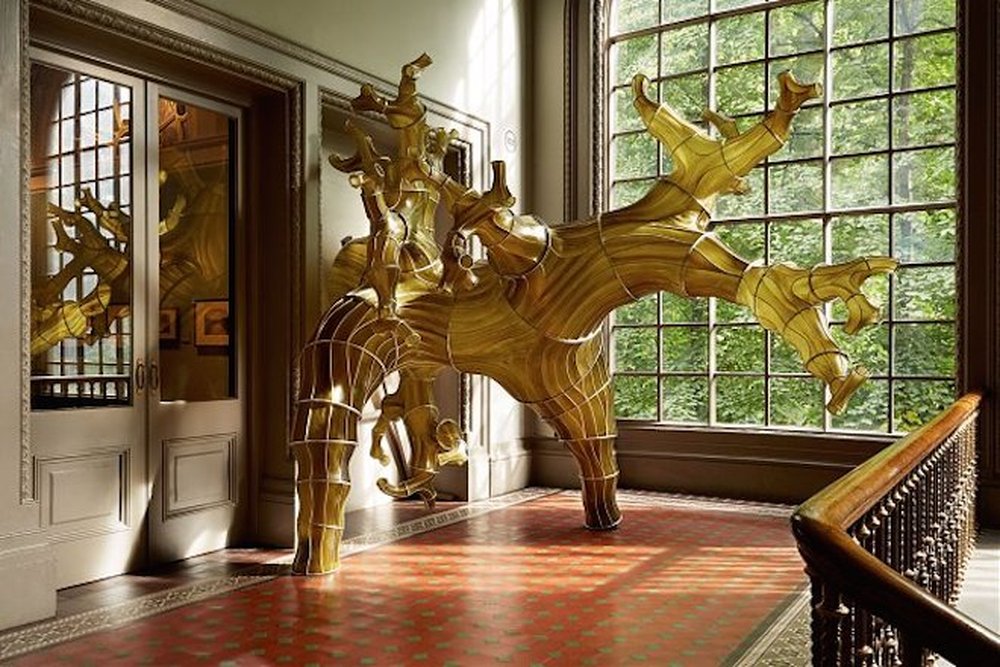
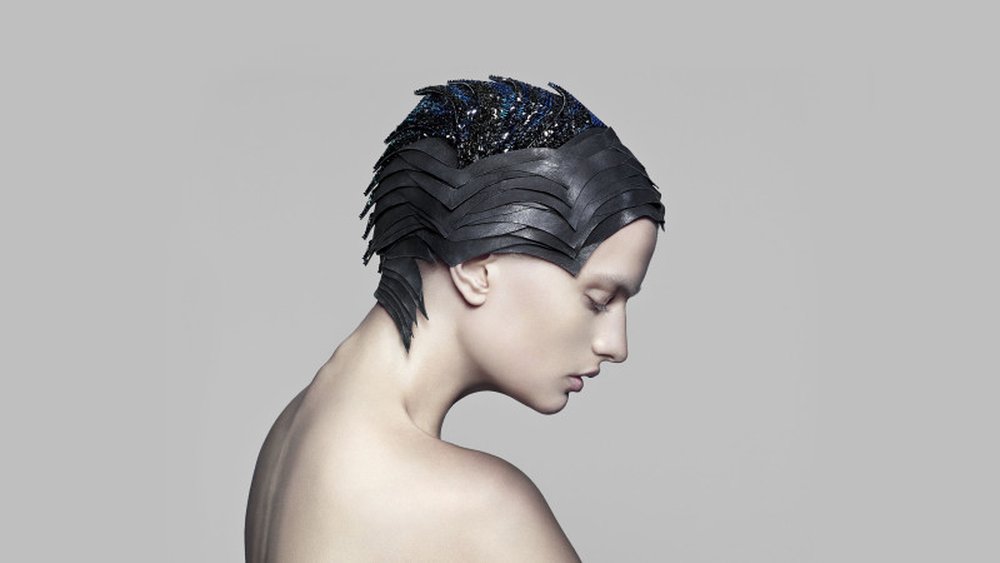
Last up for the day was Fi Scott who is joint founder of Make Works . Along with her creative team of travelling inquisitives, she has covered the length and breadth of Scotland in order to create a map of makers including 128 manufacturers in the country. The results can be seen via informative video posts and a digital database, which celebrates and brings together makers and seeks a new form of creative dialogue.
We’re sure that the impressions made at the Make:Shift 2014 event will continue to influence and inspire our work here at the studio. To find out more about the event, visit the website.